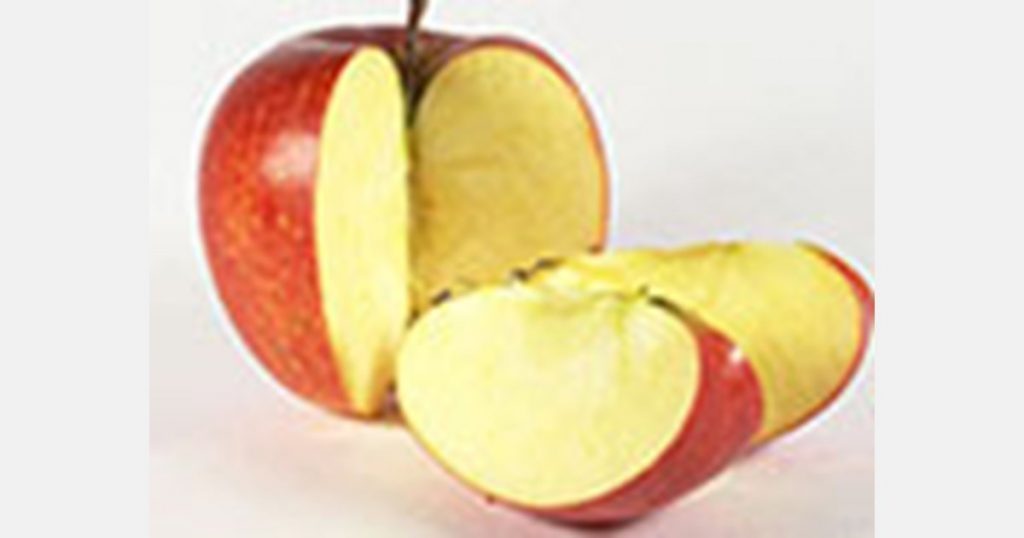Last year, apple prices were good at the beginning of the season. Fuji apples from Shandong province once fetched as high as 4-5 yuan per half a kilo. Due to hailstorms, many growers were reluctant to sell, and the market saw active transactions. The purchase price of high-quality Fuji once reached 5-6 yuan per half a kilo.
However, the good market did not last long. With late apples across China flooding the market, prices began to fall. Even with the arrival of the peak consumption season of the New Year’s Day and Spring Festival holidays, prices did not pick up much and generally maintained at 1.8-2.5 yuan per half a kilo. Although prices have fallen significantly, such a market still meant some profit for most growers.
Many buyers frankly said that this is a year of significant loss. Due to the bleak outlook of the market, more than just a few growers have cut down their trees and cleared out their orchards. The hard work did not bring money but rather a loss, so they decided it was better to grow grains, which needed less work and costs.
There are many reasons for the fall in apple prices. Some say that it is the result of the overly large planted area, some say it is caused by the weak market consumption, and some believe that the current market is saturated. China has a planted area of 30 million mu, and the total production has reached 4.2 million tons, which means everyone in China needs to consume 3 or 3.5 kilos to digest them all.
Data show that as of the end of April, the total volume in storage in China was still over 4 million tons, more than 10% higher than the normal level. Due to the high storage volume, prices stayed weak. On top of the absent mentality of fruit merchants, a low-priced market was formed. In addition, due to the impact of seasonal fruits, consumer demand is also declining, which eventually led to the current bleak outlook.
Source: Wanguohui


